Begonias Care: [Earth, Strengthening, Humidity and Pruning]
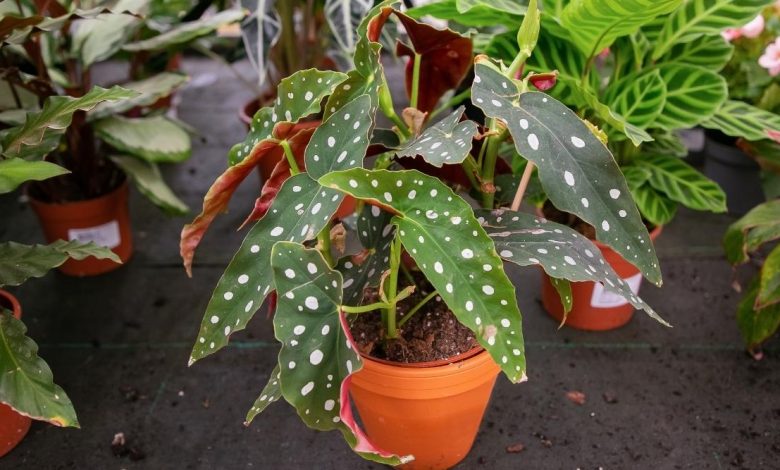
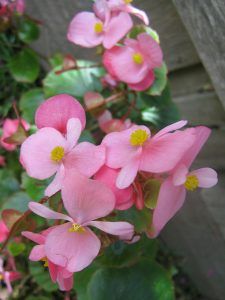 Begonias are extremely popular plants due to their attractive foliage, incredible versatility, and wide variety of sizes, shapes, and colors.
Begonias are extremely popular plants due to their attractive foliage, incredible versatility, and wide variety of sizes, shapes, and colors.
Although they have the reputation of not being so easy to grow, they are plants that, following the essential guidelines, can always be kept beautiful.
If you want to renew the decoration in your home and in your garden, or if you already have one, you will probably be interested in knowing what the main care for begonias is.
In this article we share the most important guidelines so that your begonias are always radiant.
What soil needs do begonias have?
Begonias are plants that grow best in porous, well-aerated substrates with good water retention and good drainage. Likewise, it is recommended that the pH of the medium oscillates between a range of 5.2 and 6.0, especially during the transplant and growth phases.
To grow them, you can use a substrate made up of sphagnum peat fibers, or add some fiber with composted bark or good quality perlite to improve water retention and soil conditions. Remember: a good substrate is the best care for begonias.
How to make begonias grow strong and vigorous?
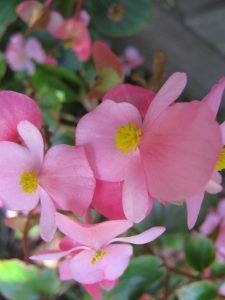 For begonias to grow strong and vigorous, it is necessary to apply a fertilization program which must respond to a balanced level of micronutrients and macronutrients.
For begonias to grow strong and vigorous, it is necessary to apply a fertilization program which must respond to a balanced level of micronutrients and macronutrients.
To do this, an amount of between 75 and 100 ppm of nitrogen is generally applied constantly.
Special attention should also be paid to the pH of the substrate, as well as its electrical conductivity to allow the roots to grow properly and the nutrients to be absorbed efficiently.
In this case, an EC of between 0.5 and 1.3 mmhos/cm is recommended. We must consider that each species has its own requirements, so it is important to review the requirements of the plant that we want to grow.
However, in general terms, greater amounts of fertilizer and EC can be supplied in large and aggressive species, while it should be reduced in tuberous and small specimens.
What humidity do begonias need?
Another care for begonias has to do with humidity. As such, the begonia is distributed in regions with tropical and subtropical climates, so it prefers humid and shady places. This moisture is mainly generated by irrigation.
It is important to maintain the substrate with a moderate level of humidity, taking special care with recently transplanted begonias, as they are more susceptible to changes.
On the other hand, extreme heat conditions in which the substrate can dry out should be avoided. As a guideline, it is suggested to promote environmental humidity by placing a plate of water with pebbles under the pot, in this way the begonia will absorb the water it needs.
This is important, since direct spraying could damage the leaves and flowers. For a more precise management of irrigation, it is recommended to carry out a complete analysis of the water at the beginning of each season with the factors of alkalinity, electrical conductivity, pH and essential nutrients.
This information will allow maintaining the appropriate conditions for its development.
Is it necessary to prune begonias?
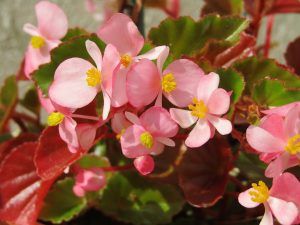 Pruning begonias is not usually necessary, especially in small and intermediate species.
Pruning begonias is not usually necessary, especially in small and intermediate species.
However, it becomes important in shrub-type specimens, mainly to give them structure and shape.
Although it has been said that it is not one of the essential cares for begonias, sometimes it will be important to do a clean pruning by removing leaves, flowers and other damaged or dead parts of the plants.
This will have the purpose of helping them grow and encourage their flowering.
How often should we prune begonias?
The pruning of begonias will always depend on several factors, including the shape, health, vigor of the foliage, new and potential shoots, as well as the condition of the root system.
However, if you are just starting to grow begonias, it is advisable to prune annually, just when the suckers or small branches that are born between the main stem and the branches begin to sprout.
How to prevent pests and diseases from appearing in begonias?
Begonias are easy plants to grow when the needs and requirements of each specimen are known.
However, there are some general precautions that prevent the appearance of pests and diseases, which we share below.
- Take care of humidity and lighting. Humidity should never be less than 40% and smooth air flow must be guaranteed, otherwise the plant will be much more susceptible to fungal attack. Similarly, it should be located in a place with diffuse lighting and avoid direct sunlight.
- Environmental temperature. The ideal temperature range for begonia needs to be constant and should be between 18 and 20°C. If the ambient temperature falls below the range, or greatly exceeds it, the plant could burn or wilt.
- Take care of excess watering. Irrigation stress is one of the main problems for begonias as excess moisture reduces root aeration and leaves them vulnerable to infections from which it is very difficult to recover. It is better to supply less water than to flood them.
- Avoid wet leaves. Spraying or watering the flowers or leaves of the plant directly favors the appearance of diseases such as leaf spot, a pathogen that causes lesions in the nerves of the leaves. Try to water it indirectly or directly on the substrate.
- Good practices during pruning. Although pruning is not a fundamental requirement, it is important to do it with clean and disinfected tools to avoid the spread of diseases. It is also recommended to avoid unnecessary wounds or cuts and seal them with a healing agent.
- Check frequently. Begonias are prone to diseases caused by Pythium, Botrytis blight, leaf spot, Oidium, among others, as well as by bacteria and some nematodes. It is important to check the stems and leaves to give it the proper treatment as soon as possible and avoid irreversible damage.
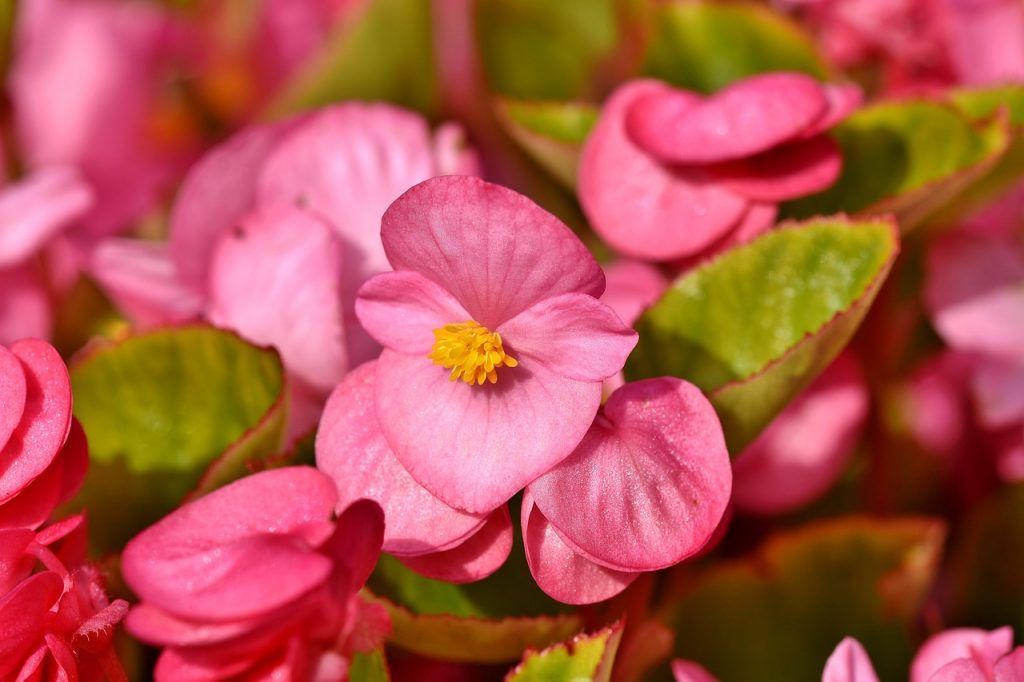
Conclusions
As you have seen, begonias are noble plants, delicate in part, but also resistant. We hope that this brief guide on the care of begonias will help you so that your home and garden always have the presence of these beautiful plants.
Bibliographic references
- https://cupdf.com/document/manual-de-propagacion-de-begonias.html
- https://web.archive.org/web/20031006135731/http://www.laverdad.es/canalagro/datos/flores/flores/begonia.htm
- https://plantasdeinteriores.com/por-que-se-marchita-mi-begonia-8-soluciones-faciles/
- http://www.ballchile.cl/web/flores_Jardin/guiacultivospdf/guia_begonia.pdf
- https://www.begoniaswa.org/documents/pruning.pdf
- https://www.pthorticulture.com/es/centro-de-formacion/consejos-para-cultivos-begonias/
Maybe you are also interested in:

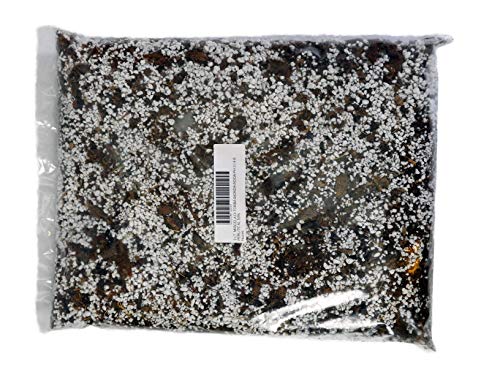
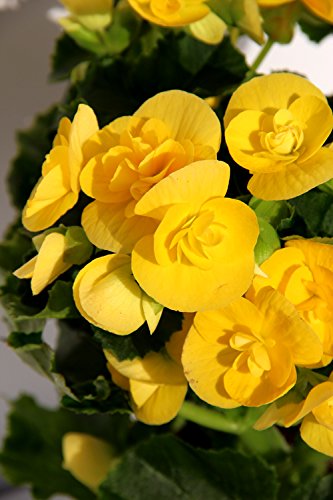

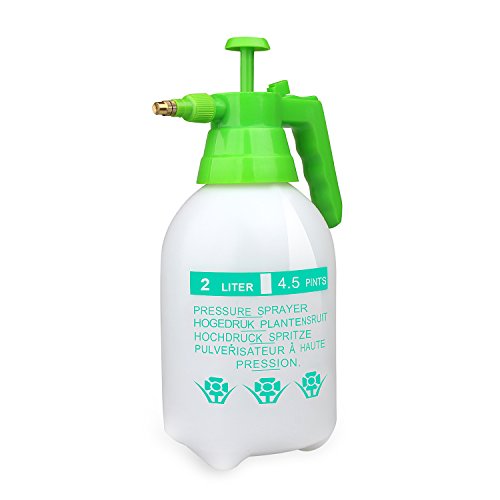
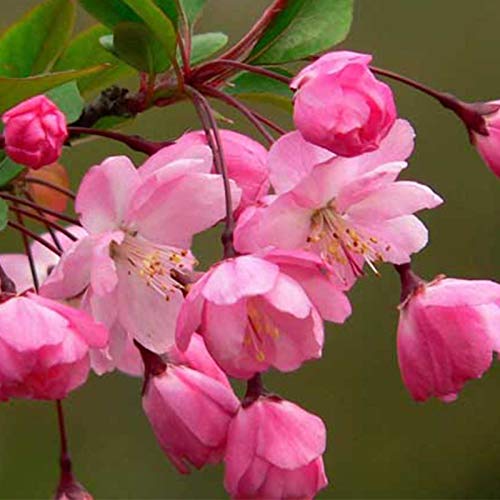
![Photo of Grow Mushrooms in Alpacas: [Planting, Care and Irrigation]](https://www.complete-gardening.com/wp-content/uploads/2022/08/grow-mushrooms-in-alpacas-planting-care-and-irrigation-390x220.jpg)


![Photo of Nigella Sativa: [Sowing, Care, Watering, Pests and Characteristics]](https://www.complete-gardening.com/wp-content/uploads/2021/06/nigella_sativa_1591303434-390x220.jpg)